Some people dream, some don’t, or at least they don’t remember doing so.
But do dreams mean anything? Well, while people are convinced dreams are a form of messages received by forces we are unable to see or feel while wide awake, some scientists claim that dreams are simply a result of neuronal processes taking place within our brain.
While we are asleep, our brains are anything but.
Sometimes, dreams happen as a reflection of the day that passed, and other times they represent our fears. But what does it mean when we dream of a deceased person?
These dreams can be seen as part of the process of grieving or a transition that takes place in our own life. According to Healthline, it has to do with the latter.

These dreams are common when we experience certain changes, such as getting a new job, moving places, or meeting someone new.
What is most important than the dream itself, however, is how it make us feel.
Rubin Naiman, who has a Ph.D. in psychology, spent years of his life studying sleep patterns and habits. According to him, “Dream interpretation is about decoding the dream. It enlightens us and expands our awareness psychologically, [offering an] expansion of consciousness.”
So, dreaming of someone who is no longer alive may be related to the changes mentioned above and how those changes affect us.
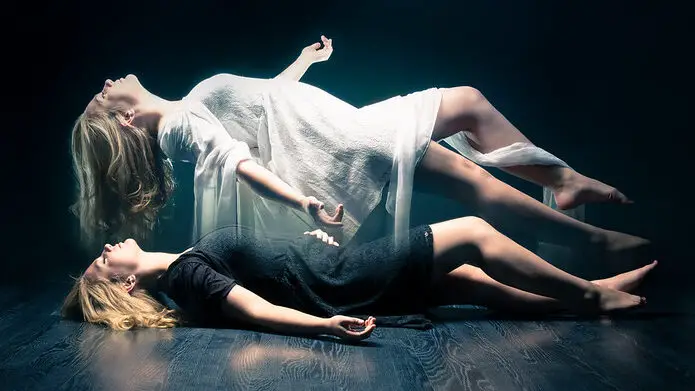
”A lot of contemporary neuroscientists believe during REM sleep, the brain is involved in maintenance tasks, and it accidentally ‘kicks up dust,’ visually. At that end, dreaming is considered totally meaningless.” On the other hand he explains, “The other end is that dreaming is more substantial than waking. And we see this in ‘dream cultures,’ such as the indigenous people of Australia, who believe dreaming is intrinsic to our spiritual existence.”
Experts place these dreams into four categories.
- First, dreaming of a deceased person may be interpreted as the brain trying to work through the pain of the loss.
- If we hadn’t made amends with the deceased person before their passing, we may feel guilt and that might be the reason why they visit us in our dreams.
- According to Lauri Loewenberg, a dream analyst, we may be dreaming of a deceased person if we see some of their behaviors, such as substance abuse or else, in ourselves.
- There are experts who believe that these dreams represent a visitation from the deceased person, especially if we see them in a good condition in our dream, meaning they are well dressed or seem happy. If we feel good about the dream, it may mean that the deceased person says ‘Hello.’

No matter what we feel about dreams, the truth is that they offer something deep and meaningful. They often give us insight into the soul and our connection with the deceased person that we see in our dreams.
A Mom Faces Criticism for Painting Stretch Marks on Her Daughter’s Doll
In an age where unrealistic beauty standards and airbrushed images saturate media platforms, one mother’s bold decision has ignited a fierce debate. Instead of following what everyone else thinks, she did something empowering and accepting. She painted stretch marks on her daughter’s doll.
Kate writes books for kids.
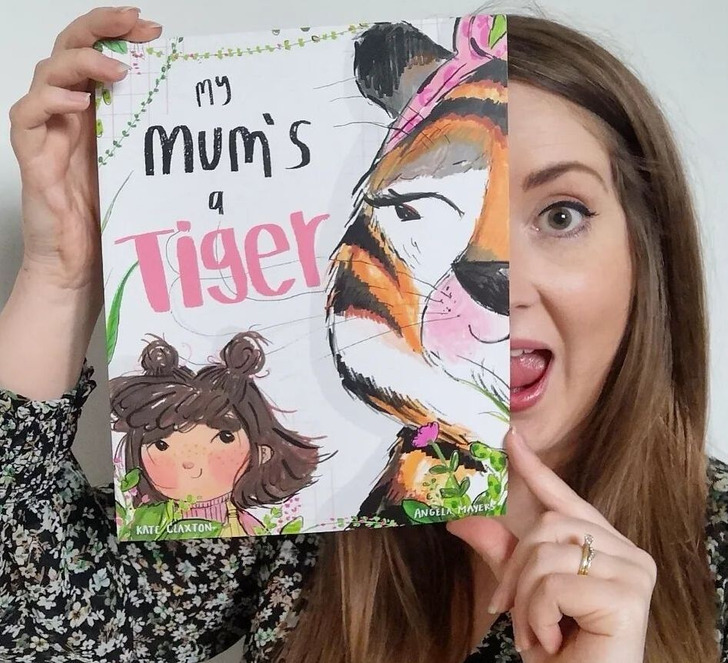
Kate Claxton, is a talented author dedicated to inspiring children. Among her notable works is the multi-award-winning picture book, “My Mum’s a Tiger!” Crafted with love and a profound understanding of the challenges faced by many, Claxton created this heartfelt story as a cherished gift for her baby’s first birthday.
Little did she know that her creation would transcend personal boundaries and resonate with countless individuals around the globe. “My Mum’s a Tiger!” serves as a powerful reflection of the experiences of numerous real-life people who grew up being told that their scars, stripes, spots, and so-called ’flaws’ should be concealed.
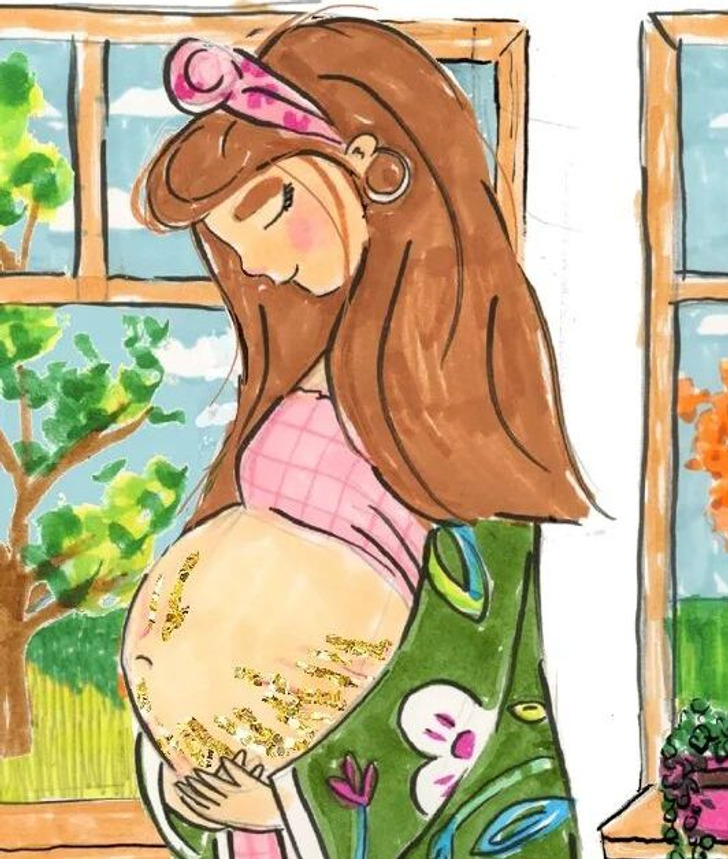
She has body-inclusive dolls for her kids at home.
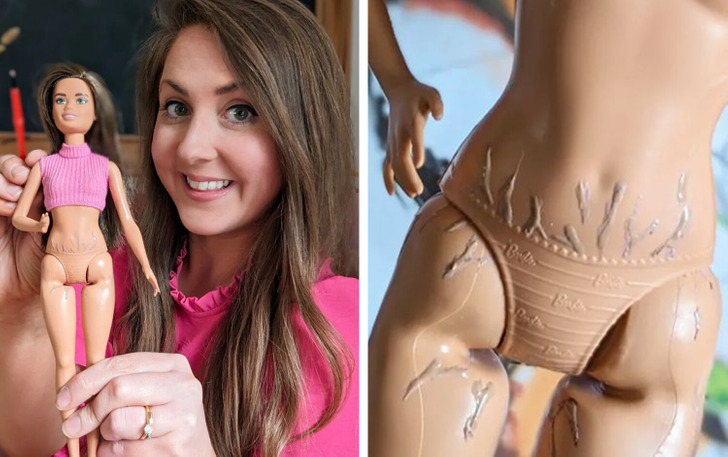
Claxton not only writes empowering books but also practices what she preaches in her own home. Recognizing the importance of body inclusivity and normalizing the beauty of individuality, Claxton provides her children with body-inclusive dolls. As much as she adores her acclaimed work, “My Mum’s a Tiger,” which beautifully embraces tiger stripes and other unique features, Claxton understands her daughter’s fascination with dolls and their ability to be dressed and undressed.
Consequently, she took it upon herself to modify one of these dolls, adding the very stripes that so many people cover up. Claxton believes in embracing differences and encourages others to do the same, offering a poignant line from her book: “Let’s take what makes us different and instead of trying to hide, let’s be more like animals and wear our marks with pride.”
Some people criticized her for painting the dolls.
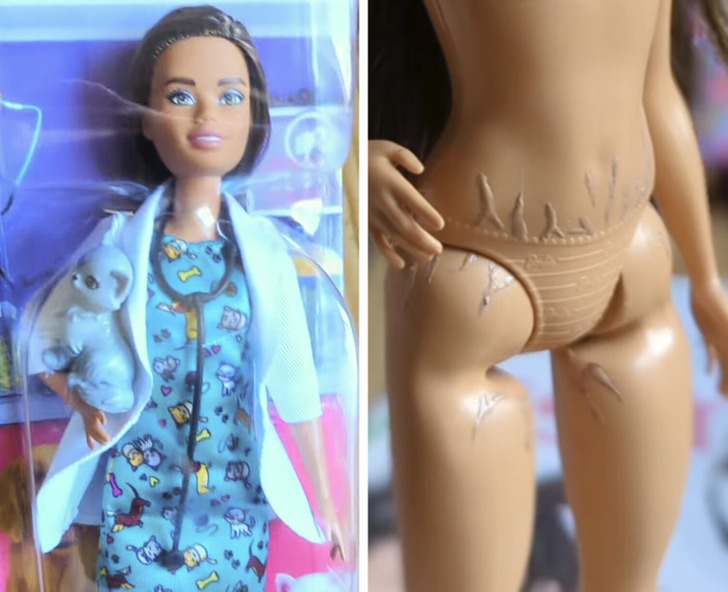
Inevitably, not everyone embraced Kate Claxton’s initiative of painting the dolls. But Claxton takes pride in the fact that her Barbie craft session sparked conversations and stirred up reactions. However, she acknowledges that reading the comments can sometimes be disheartening, particularly when encountering individuals who completely miss the point.
Among the critical comments, one person questioned the motive behind painting the dolls, asking, “Why make young girls worry more about their bodies? I’ve got no stretch marks, so maybe it would be better to teach them about being positive rather than negative about their bodies.” Another comment echoed a similar sentiment, stating, “Why make girls worry more all the time? I had three kids and no stretch marks. Make them think positive.”
She doesn’t listen to the mean comments.
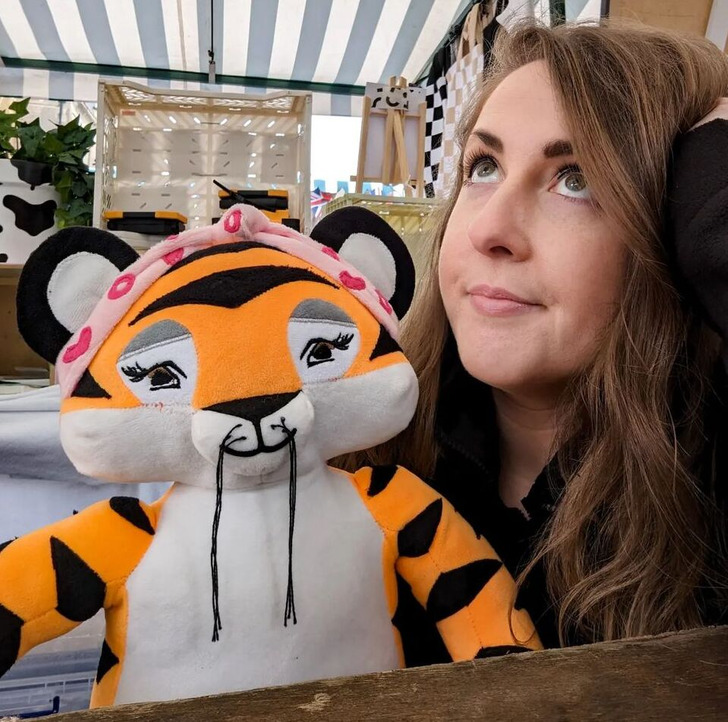
Despite encountering some less-than-supportive remarks, Claxton chooses to scroll past those comments, refusing to let them overshadow the positive impact and meaningful discussions her efforts have generated. While acknowledging these differing viewpoints, Claxton remains committed to her mission of promoting positivity and fostering a healthy body image in children.
Another mom that received a lot of attention for her unique parenting style was actress Kristen Bell. Known for her refreshing approach to raising her children, Bell brings a combination of compassion, empathy, and open-mindedness to the table. In a candid moment on her podcast, Kristen Bell openly shared a personal anecdote about her daughter’s developmental journey, revealing that her daughter wore diapers until the age of 5.
Preview photo credit reallyratherwild / Instagram



Leave a Reply